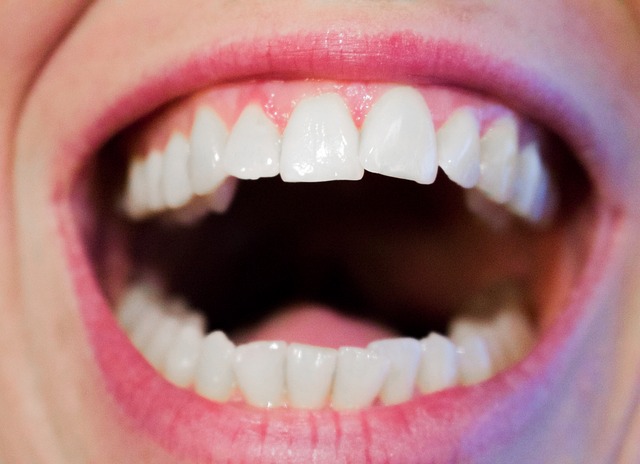Having good oral health is important.
Not only do healthy gums provide a strong base for healthy pearly whites for eating and speaking, but having good oral health means less oral-related diseases.
In addition to a decreased risk of oral problems, good oral health means a healthier rest of the body as the mouth and body have a correlation.
But how does one determine whether or not they have good oral health? Apart from visiting the dentist, there are certain indicators of good oral health to look out for.
What is Good Oral Health?
Here are the top five signs of good oral health:
#1 No bleeding when flossing and brushing
Gums that are quick to bleed when flossing and brushing are a sign of improperly cared for gums. Leaving this issue can lead to gum disease and other oral-related problems in the future. When engaging in normal routines of brushing and flossing, your gums should not bleed or be finicky with oral hygienic methods.
#2 Gums that are pink in color
Healthy gums should not be bright red nor pale in color, but instead, pink. Bright red gums are an indicator of poor oral hygiene and an increased risk of gum disease. Pale, white gums may be a sign of anemia and require attention from a doctor. In either case, the gums and general mouth are not in the healthiest of states for the gums.
#3 Pleasant breath
One with good oral health will possess neutral or even pleasant-smelling breath. Foul-smelling breath is unhealthy and is typically caused by poor oral hygiene, an overgrowth or oral bacteria, or an underlying oral issue or problem within the body itself.
To eliminate bad breath, one should stay true to their twice-a-day brushing, flossing, and rinsing with mouthwash routines. They should also take advantage of biannual dental checkup/cleaning appointments.
#4 Smooth, non-gritty texture on the teeth
A smooth texture of the teeth means your teeth are receiving the proper cleaning they need through brushing. However, teeth that are gritty in texture, particularly after brushing, mean lack of oral care and improper brushing.
Your teeth should rarely, if ever, have a gritty texture. This is most likely to occur behind the teeth and other hard-to-reach places of the mouth.
Ensure that each and every part of your teeth is being properly brushed to avoid this grittiness. Failure to do so can cause easy-to-remove plaque to harden into a harder, more visible, and more permanent form of plaque. This is known as tartar.
Tartar can and should only be removed by a dental professional with special tools. Tartar must be removed. Otherwise, it can lead to gum disease if left too long.
#5 Non-sensitive teeth
It’s not uncommon to experience a very slight case of tooth sensitivity from time to time. But ongoing, severe, persistent, and/or worsening cases of tooth sensitivity are a definite concern. Thus, these cases should be brought up to a dentist as soon as possible.
The problem with tooth sensitivity, besides its ability to cause oral pain when eating sweet, very cold, or hot foods and beverages, is the fact that tooth sensitivity occurs due to deteriorated enamel. When enamel is damaged, this exposes the nerves of the teeth causing sharp pain. But it’s not just pain that’s an issue. This can lead to cavities and other issues in the mouth. For that reason, a dentist may recommend a tooth sensitivity treatment or toothpaste.
To improve your oral health, make sure to get your teeth checked. We at Hawaii Family Dental recommend our patients to visit us at least twice a year for their biannual dental checkup and teeth cleaning. We create personalized treatment plans for our patients that will help them achieve good oral health.

